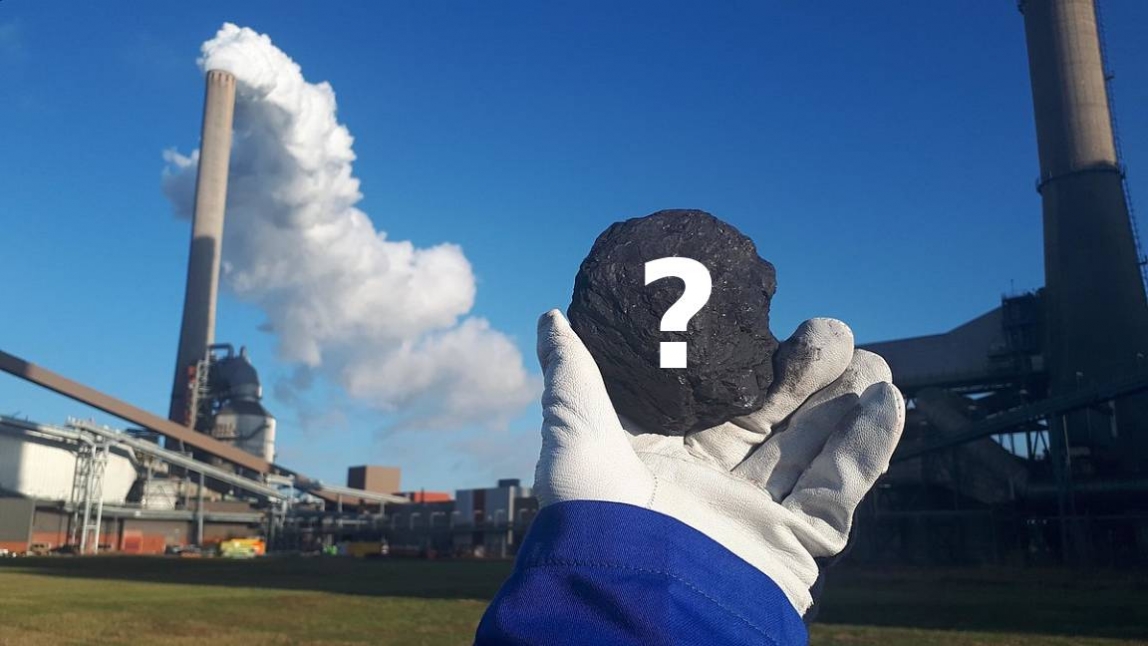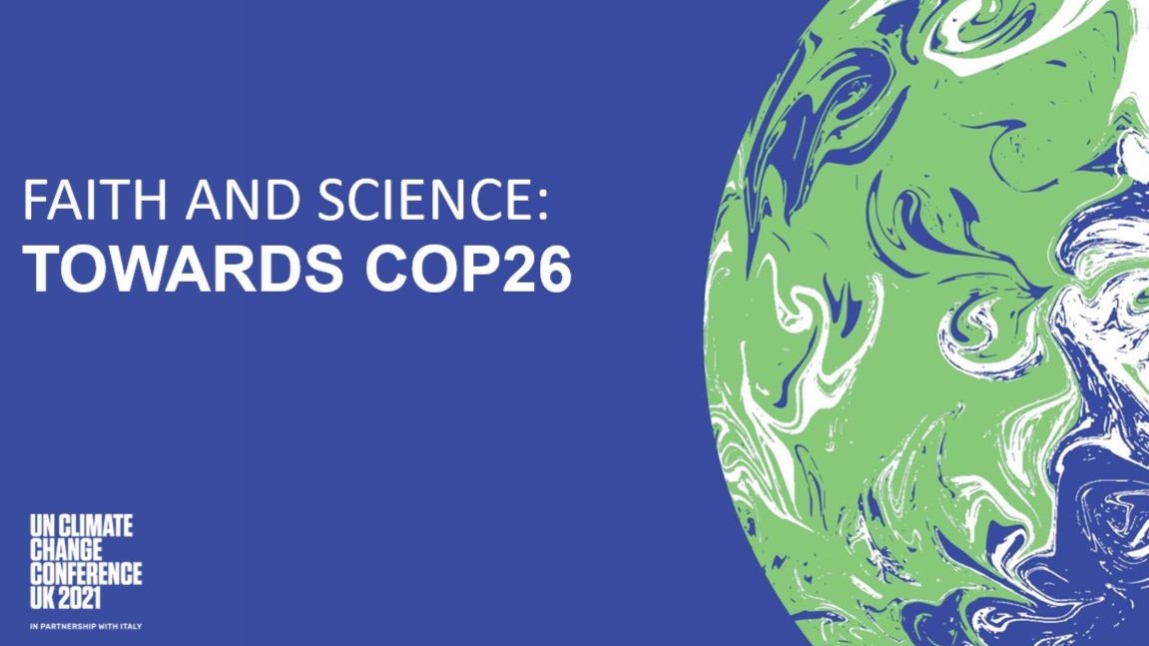The post-COVID economic boom has created energy shortages and a coal renaissance in Europe. Prices of natural gas, oil and coal are now rising sharply, not only in Europe but globally.
The root of the trouble is that EU policymakers in the great renewables boom have failed to pay attention to maintaining security of supply, with gas storage at low levels and supply disruptions. In addition, the declared carbon neutrality for 2050 has led to a lack of investment in the conventional power plant segment, and to a lack of major overhauls to guarantee security of operation and increase efficiency.
The economic slowdown due to COVID 19 has led to an energy overproduction crisis, with the reserves available for deployment in the event of energy shortages being severely reduced by the shutdown of generation capacity. This is the situation in which Europe found itself in the post-COVID economic boom, generating severe energy shortages. The explosion in the price of natural gas has created a paradoxical situation where despite the record high CO2 quota price, which mainly affects coal and lignite fired power plants, there is a strong shift in production away from natural gas fired power plants towards coal fired power plants in the EU, which has just launched the Fit for 55% package.
Why and how has this happened? To find the reasons, we need to go back to March 2020, the declaration of the COVID emergency, and look at how this has changed the energy sector and what problems it has brought to the surface.
The coronavirus has caused an energy overproduction crisis in Europe
The coronavirus emergency has led to a sharp drop in energy consumption of 7-15 percent by the end of 2020 in Europe, with the initial symptoms of an energy overproduction crisis. Losses were not only at the level of energy traders, but also at the level of producers (power plants) and suppliers, whose profitability was reduced, jeopardizing their viability and thus security of supply. It was also assumed that there would come a point in the process when public intervention would be unavoidable. This did not happen because the supply side adapted to the crisis, albeit slowly and at a loss. Production and imports of energy sources have steadily declined, and some capacity has even been dismantled, as there was no end in sight. European energy production has fallen, in parallel with the closure of fossil fuel power plants with emissions above the limit values under the BAT/BREFs (82 percent of coal-fired plants do not meet the stringent environmental standards that come into force in 2021) and the scheduled nuclear power plant closures in several Member States. In addition to capacity closures, major overhauls and safety upgrades in the conventional power plant segment across Europe have been delayed to reduce costs.
Chronic problems in the European power plant fleet have severely depleted the reserves that can be deployed as planned
Coal, natural gas and oil-fired units built decades or even more than half a century ago make up a significant share of the European power plant fleet (Figure 1). These old power plants have recovered investment costs over their long years of operation and have subsequently seen a significant reduction in their production costs. The plants freed from depreciation have thus become more competitive on the market and, with high utilization rates, have become the basic power plants of the European electricity market, driving down electricity prices.
Figure 1 - Age and fuel distribution of power plants in the Eastern European region. Source: Platts WEPP 2017Q4 and EurObser'ER
However, the golden age of old power plants is over, and the lack of vision has led to the practice of “wearing out”, which reduces operational safety and reliability and increases maintenance costs due to ageing and wear and tear of plant equipment. This is because according to the BAT/BREFs, cited above, 82 percent of the EU's coal and lignite-fired power plant capacity should be withdrawn or completely refurbished by 2021. The spare capacities that can still be brought into production have therefore been dangerously depleted in the EU. Added to this is the fact that, until today, the ability to be self-sufficient has been considered an outdated over-zealousness and cheap imports has been the key word among policy-makers. But in a crisis situation there are no cheap imports, each country can only rely on its own production capacity within its territory. And weather-dependent renewables cannot yet replace the conventional (fossil and nuclear) power generation sector in terms of security of supply. This is now painfully obvious, when energy shortages are pushing up energy prices, which could have a knock-on effect of raising the price of basic industrial goods and foodstuffs by a significant proportion.
The post-COVID economic boom caused energy shortages and a coal renaissance
The current situation ahead of the heating season is that European natural gas stocks are low, storage is at 70 per cent of its normal 95 percent, and there is a steep rise in oil, gas and coal prices. The rise in oil prices is being driven by reduced supply, OPEC is slow to increase production, but US production is still far from pre-COVID levels. Moreover, the price of coal per ton has tripled since the beginning of the year.
This led to a paradox situation: the price of natural gas has risen so fast and high since June 2021 (Figure 2) that, despite record high CO2 quota prices, which mainly hit coal and lignite-fired power plants, there is a strong shift in production from gas-fired to coal-fired power plants, even with rising coal prices.
Figure 2 - The Dutch TTF, a benchmark for European natural gas prices has increased by 1500% since 20 June 2021, the Asian spot LNG price by 1000%. Source: europeangashub.com (LNG: Liquefied Natural Gas)
Germany, which plans to cut GHG emissions by 60 percent by 2030 and achieve carbon neutrality by 2045, saw the share of coal in its electricity mix rise from 20.8 percent to 27.1 percent in the first half of this year. The UK has promised a "coal exit" – the exit from coal fired power generation – by October 2024, but the energy shortage has led to the restart of old coal-fired power stations, resulting in a doubling of the share of coal-fired power stations in UK electricity generation. And in the meantime, the EU is still debating whether nuclear power is a little or a lot carbon-free.
Trouble never comes alone
As is almost inevitable, trouble never comes alone, and a confluence of many other factors have contributed to the current situation, according to Pál Ságvári, Vice President of the Hungarian Energy and Public Utility Regulatory Authority (HEA), in an interview with Portfolio.hu on 29 September:
"The current exceptional price situation is multi-factorial, some of which are temporary, while others are structural and could stay with us for a longer period. On both the Russian and Norwegian sides, there have been temporary supply disruptions, with fields and pipelines down. In the US, a hurricane has impeded LNG export. At the same time, there is also a political dispute between Russia's Gazprom and the European institutions over the commissioning of Nord Stream 2. On the other side, a strong demand from the European countries recovering from the third wave of the pandemic collided with the supply disruption. In addition, demand in Asian is even higher than in Europe, which is a magnet for LNG supplies that otherwise provide flexibility to the European market.
It is mainly the Russian surplus that will boost liquidity and bring price relief for the European market, but the situation is only expected to recover after the heating season, once the disputes over the major pipelines are settled."
Hungarian-Russian gas contract for 15 years: last minute, but at the right time
Today, the reliable operation of the Hungarian electricity system, in line with climate policy objectives, is ensured by an optimally structured renewable electricity generation that is adapted to the technical possibilities. A natural gas-fired power plant fleet can ensure systemic balance and flexibility, and a carbon-free nuclear power plant capacity guarantees security of supply. Natural gas will therefore certainly have an important role to play in the long term, both through natural gas-fired electricity and cogeneration and through its dominant role in heating buildings. At present, the smooth integration of weather-dependent renewables into the system cannot be imagined without natural gas-fired power plants providing flexibility and balancing. And as long as this is the case, natural gas will continue to be needed at the lowest possible price and in a way that guarantees security of supply.
To quote from a statement by Péter Szijjártó, Minister of Foreign Affairs and Trade, published on kormany.hu on 27 September, "the reality is that in the absence of real, viable alternatives, the most secure and predictable way to guarantee Hungary's energy supply at the moment is through a long-term contract with Gazprom."
But we are not alone in this. Gazprom accounted for 48 percent of the European Union's gas imports, and its deliveries to Europe increased by 23 percent in the first seven months of the year. And once the Nord Stream 2 pipeline comes on stream, the share of Russian gas purchases in the EU will rise to over 60 percent. In other words, despite what appears on the surface to be constant political hysteria and discrimination against Russia, the West considers its Russian partner so reliable in economic terms that it dares to depend on it (Figure 3). So the domestic opposition's mantra about Hungary's energy dependence on Russia is no longer valid. Hungary is not dependent on Russian gas imports alone, but together with the EU, but the Russians are also dependent on the EU as their largest and most solvent customer.
Figure 3 - The reality is that Gazprom alone can supply the EU with 180 billion cubic meters of gas per year in a secure and predictable way. Source: Energy Newsletter Turkey
So Hungary has made a good bet in this area as well and has managed to maintain its stability in these times of energy crisis. In Germany, gas prices have tripled since the beginning of the year, from two and a half times the price in Hungary, and even in Romania, which has significant domestic energy resources, a four to seven-fold increase is forecast.
Hungarian energy prices, on the other hand, are among the lowest in the crisis, thanks to, for example, the long-term Hungarian-Russian gas supply contract, or the cheap electricity from the Paks nuclear power plant (see our related articles)
The impact of renewable energy on security of supply,
Nuclear power under ideological attack?
Apart from fuel prices, the European energy crisis has so far not had a profound impact on our daily lives. Let's hope it stays that way. This is guaranteed by a government energy policy that has never lost sight of the primacy of security of supply.



